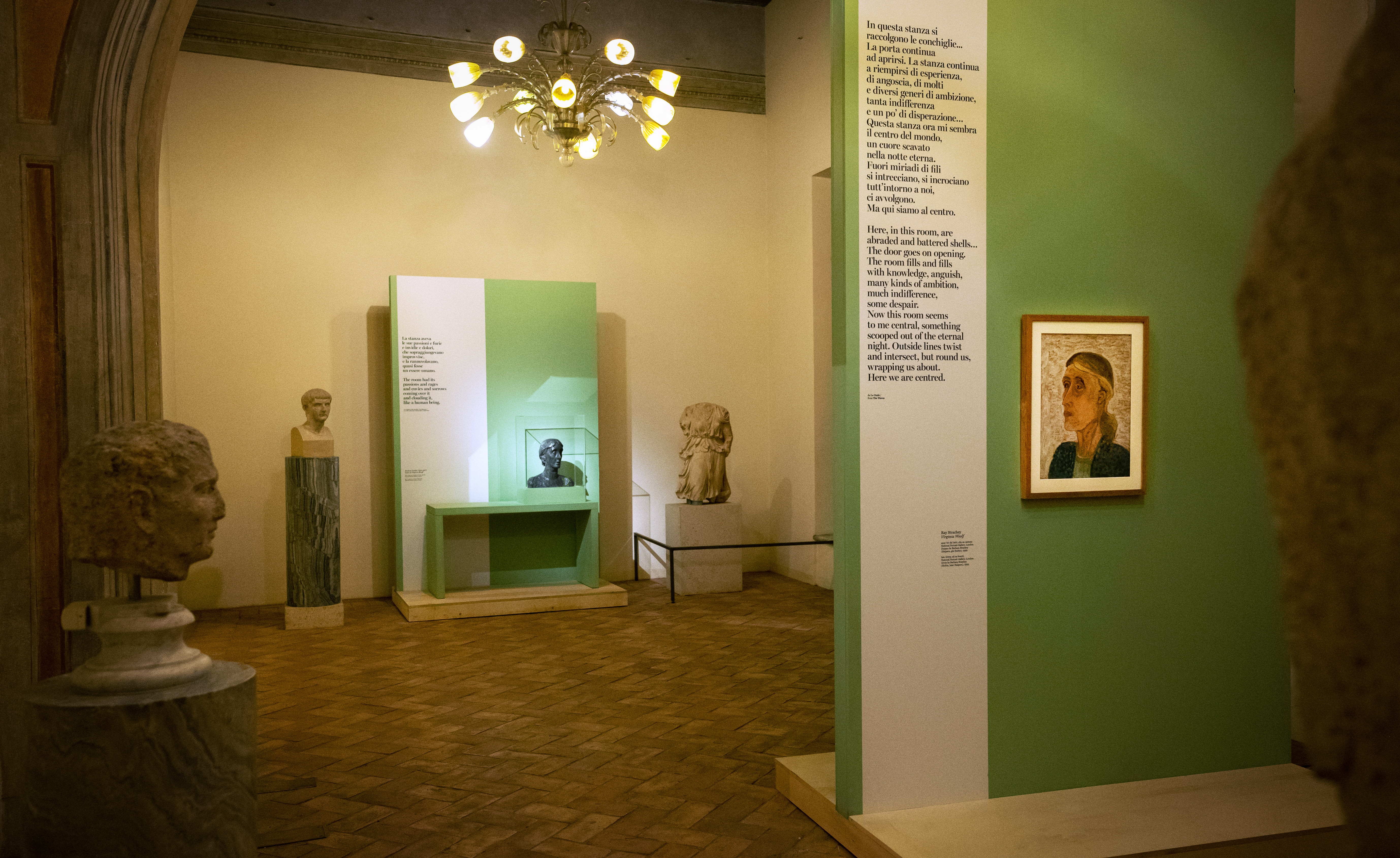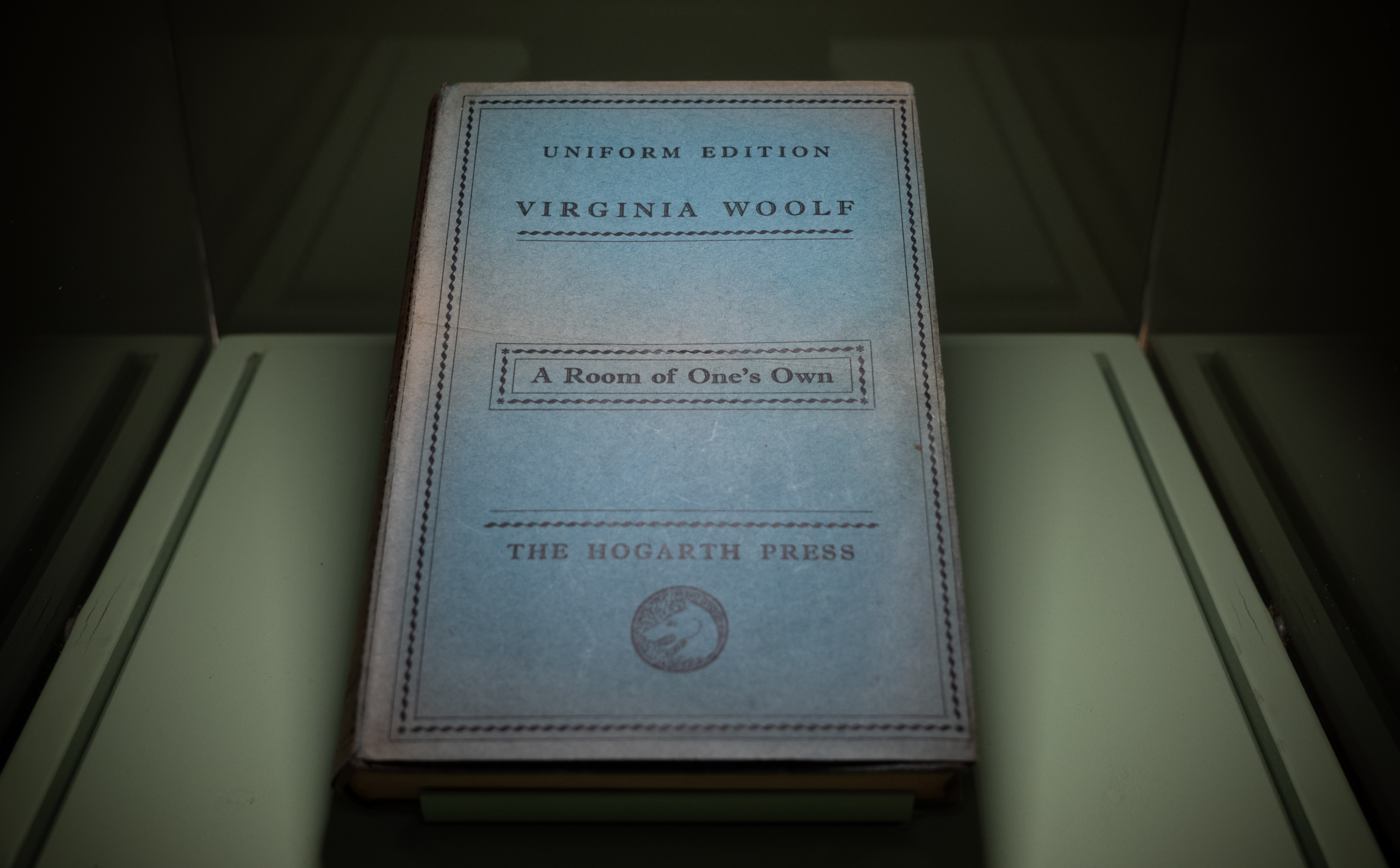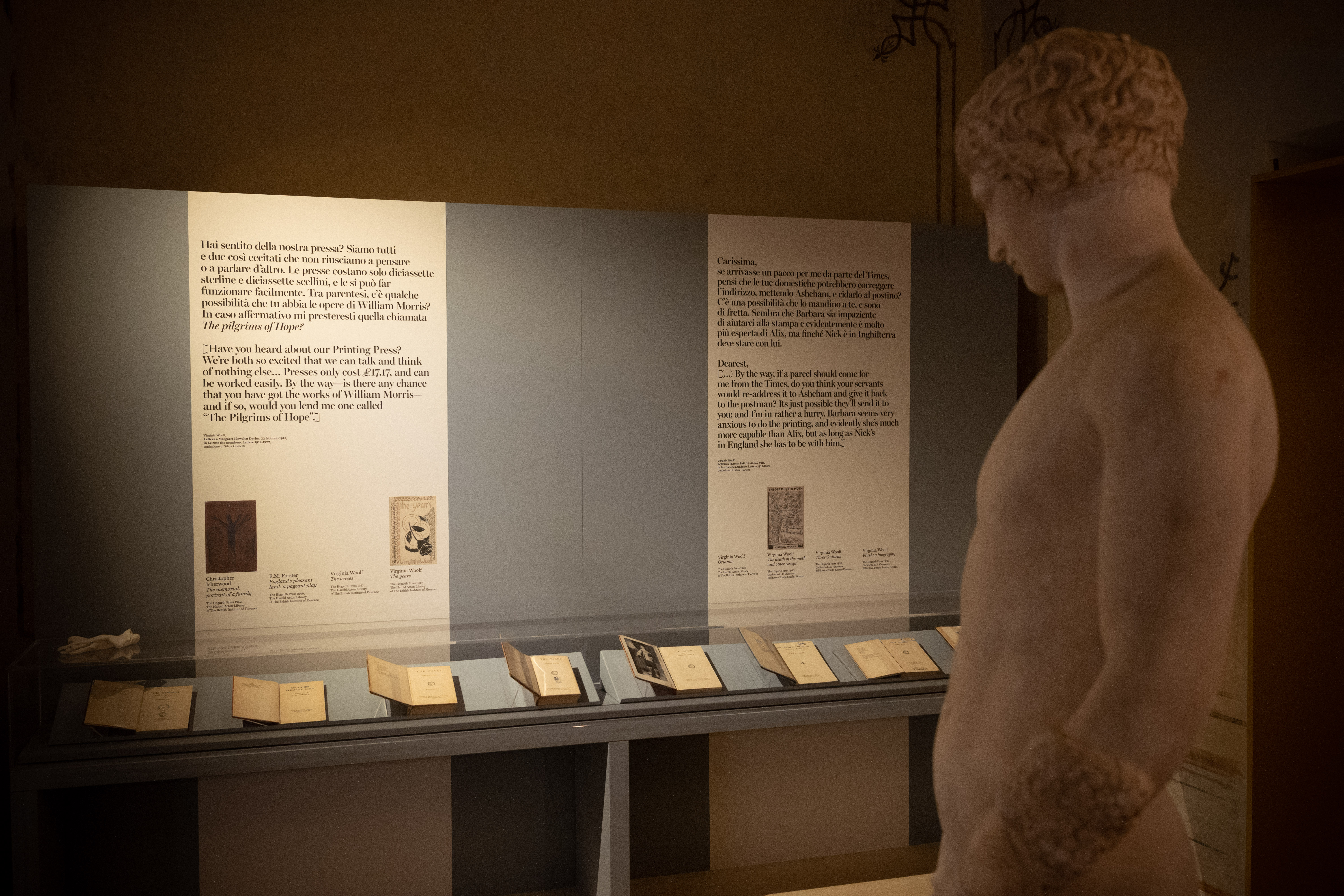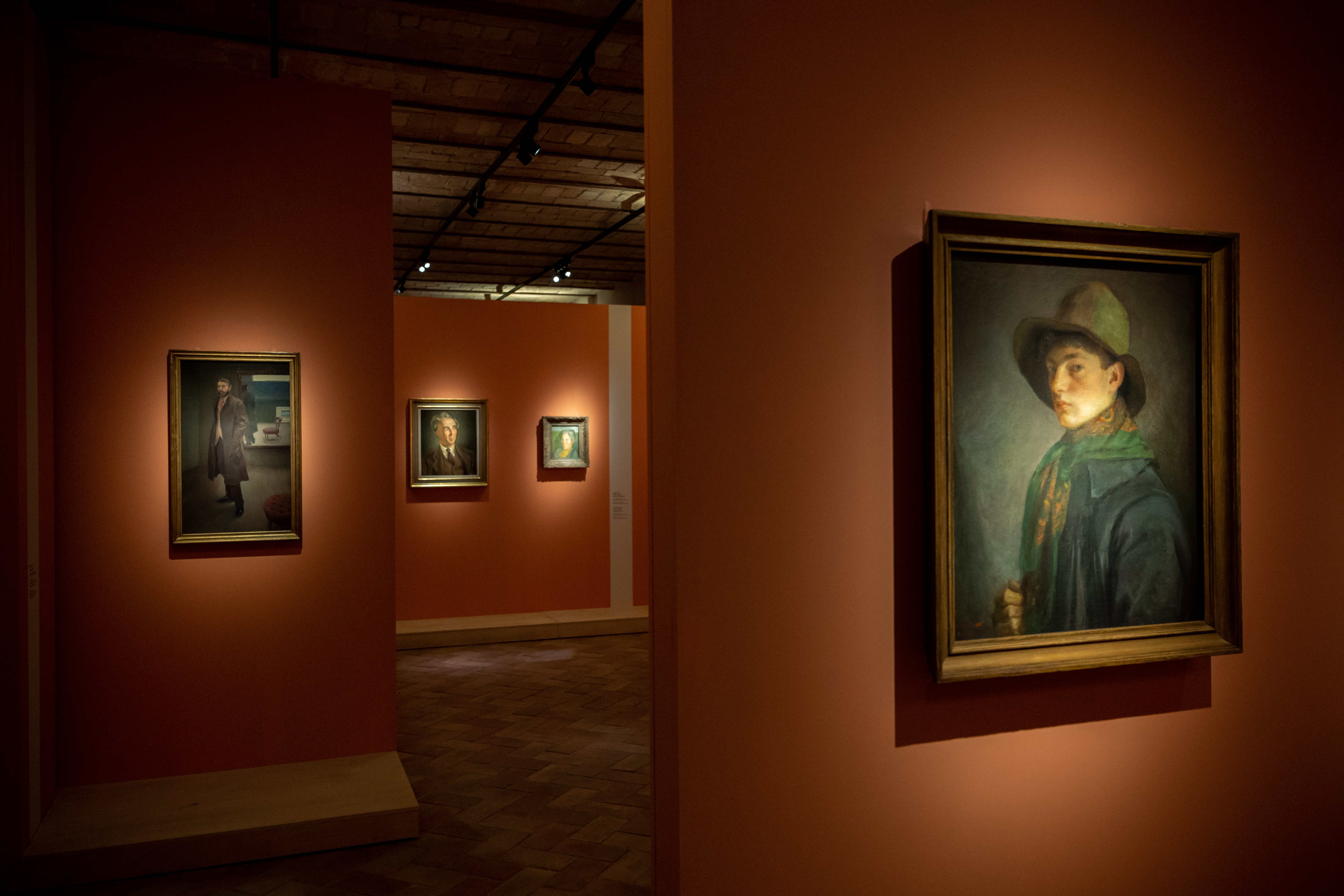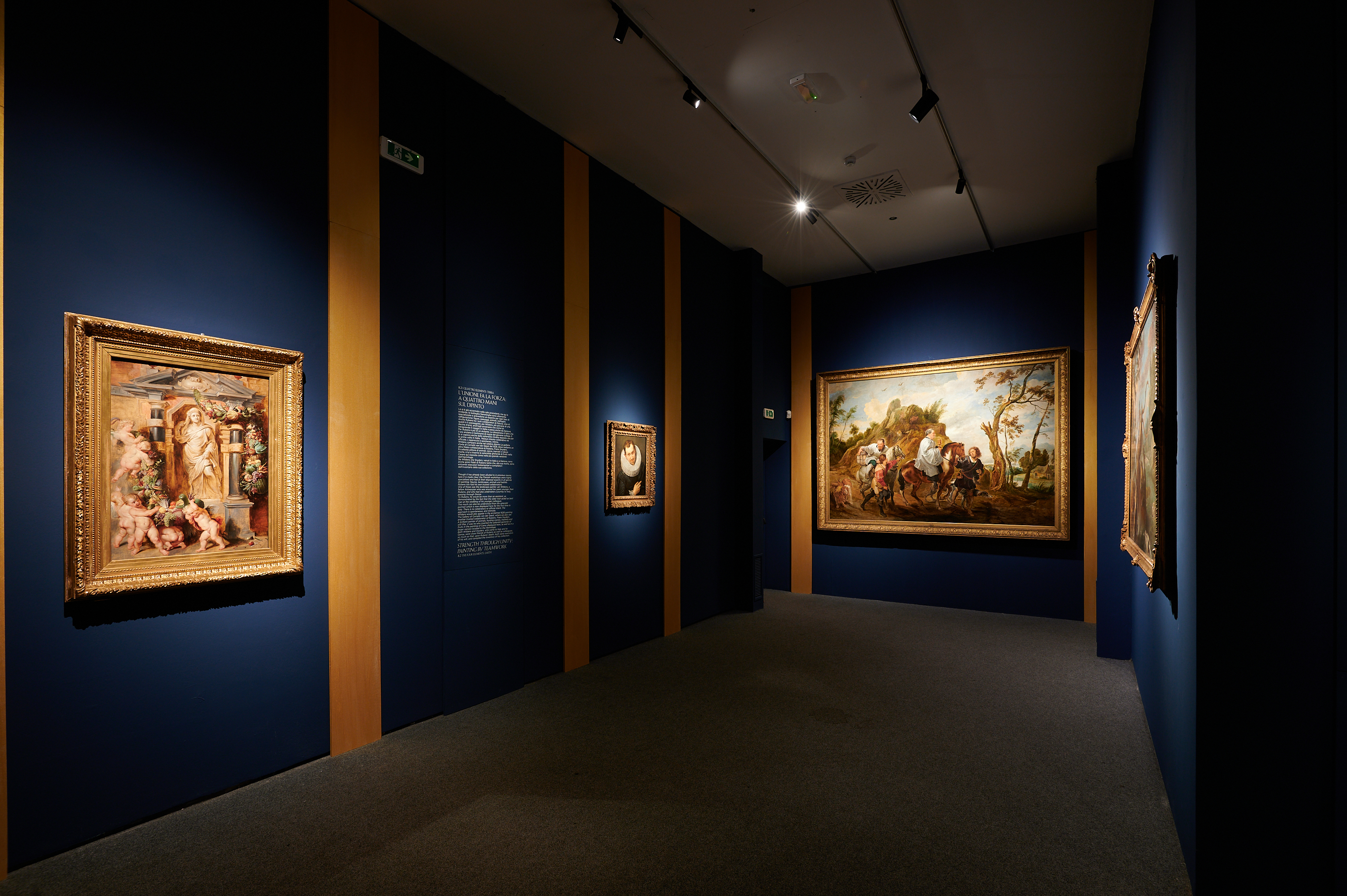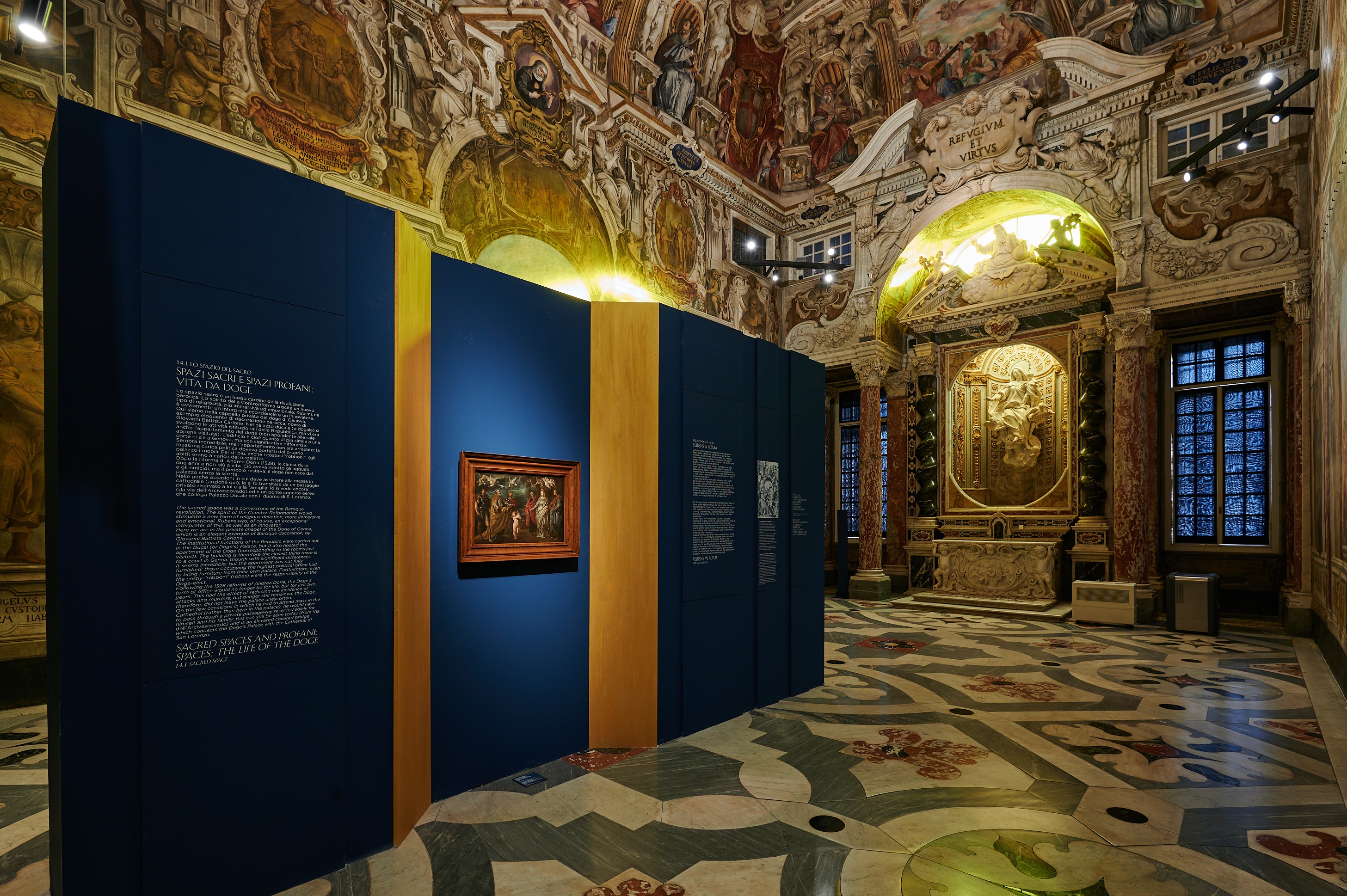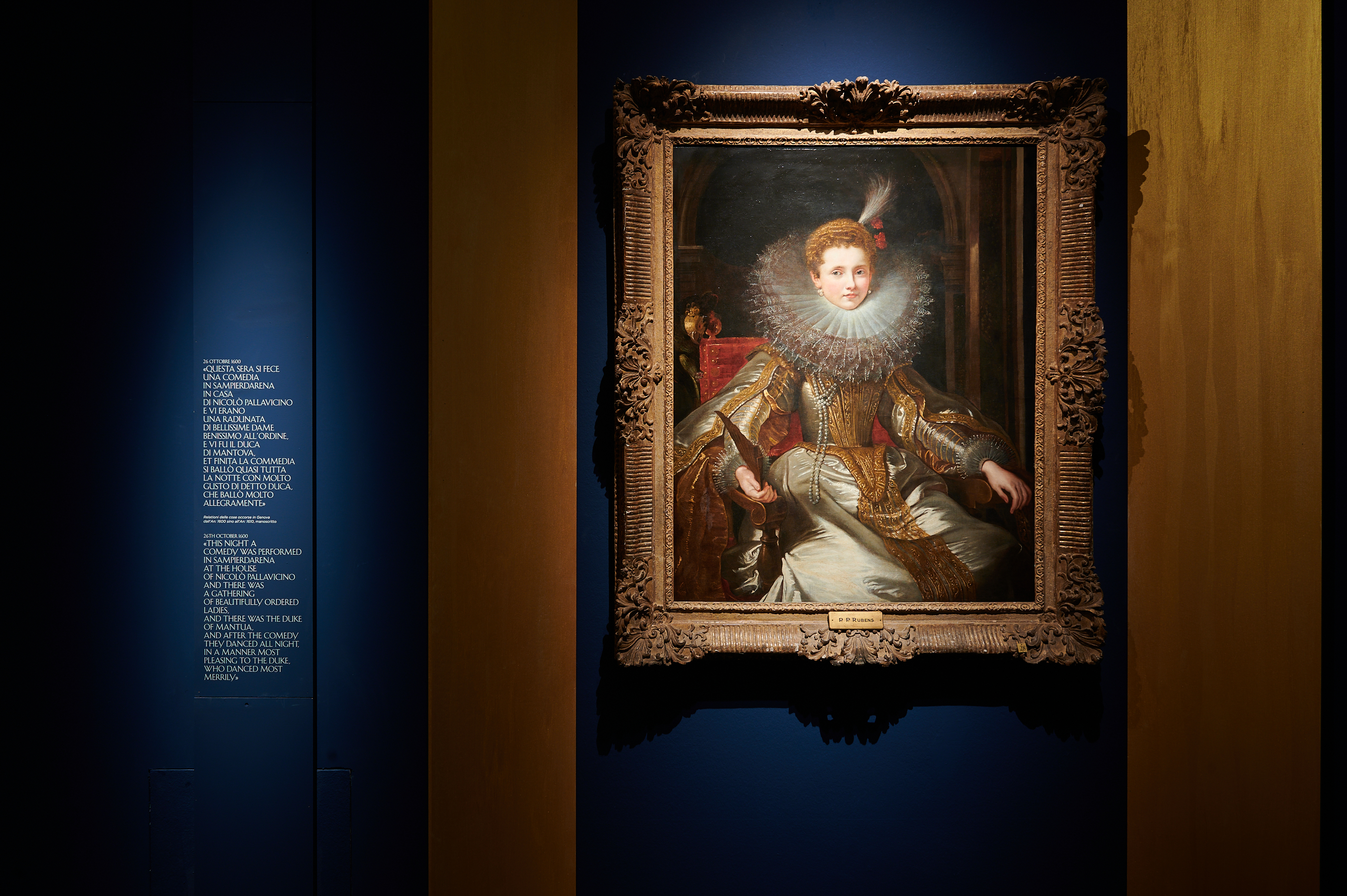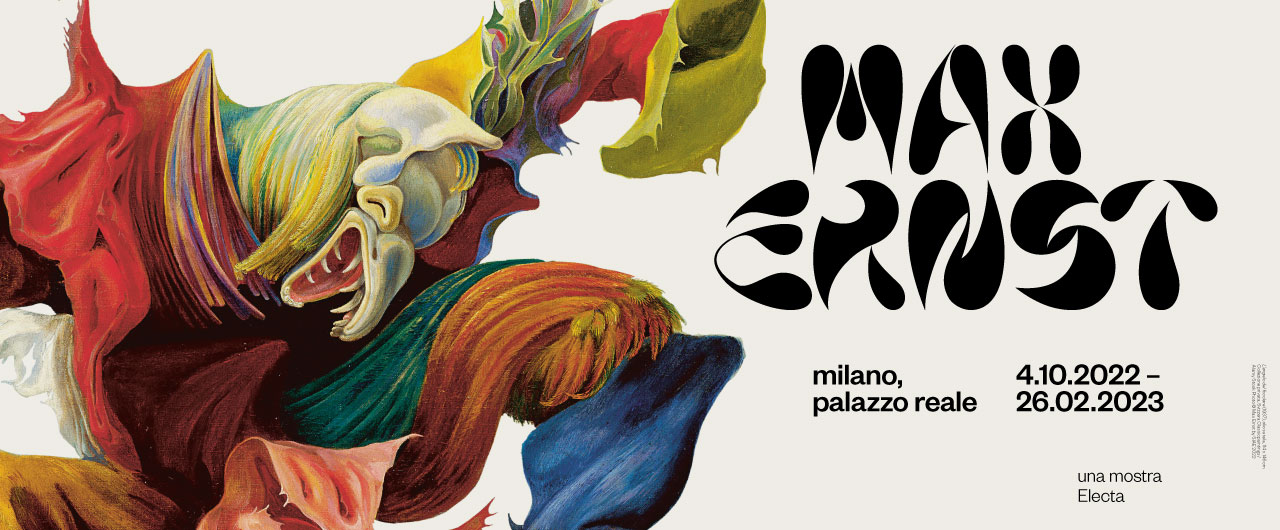The exhibition ‘Futurliberty. Avant-garde and style’ opens in Milan
In Milan, from April 5 to September 3, 2023, at the Museo del Novecento museum and Palazzo Morando | Costume Moda Immagine palace
The Museo del Novecento museum and Palazzo Morando | Costume Moda Immagine palace, together with Liberty and our publishing house Electa, present the FuturLiberty Exhibition from April 5, 2023.
The exhibition, under the scientific curatorship of Ester Coen and artistic direction of Federico Forquet for the fabrics, delves into the history of the futurist movement in an unprecedented way, through a selection of paintings and applied arts exposed in the two seats of the Modern and Contemporary Art Museums of the Municipality of Milan. The works of the futurist movement’s protagonists, Giacomo Balla, Gino Severini, Umberto Boccioni, Carlo Carrà and Fortunato Depero are harmoniously combined with the Vorticist paintings of contemporary English artists, such as Percy Wyndham Lewis and Christopher Nevinson, starting from the “Vital English Art” manifesto of 1914, signed by Europe’s avant-gardist, Filippo Tommaso Marinetti. These artists in turn represented the source of inspiration that guided Federico Forquet and Liberty’s design team in the creation of two new collections.
The inspiring avant-gardes of Futurism and Vorticism express the transition from past practices through a sharp outlook towards the future, by influencing the culture expressed in traditions and in all forms of everyday routines. Strength, energy and dynamism all reflect the vitality of the forms that boosted the creativity of Liberty’s designers throughout the different eras.
Art life, leisure and identities are recombined into a futurist aesthetic, into a vision aimed at reshaping principles and traditions.
The project includes over 200 works in 2 seats. At the Museo del Novecento museum, the exhibition is focused on the interdisciplinarity of avant-garde movements. This unprecedented and fascinating journey is divided into 8 sections, varying from Futurism and Vorticism with essential works of the Museo del Novecento museum’s collection, of which 15 created by renowned authors such as Boccioni, Balla, Severini and Carrà, and others borrowed from prestigious Italian and international institutions, among which the MART of Rovereto, GAM of Turin, Banca d’Italia, Tate, British Council, Estorick Collection, Ben Uri Gallery and Museum, William Morris Gallery of London, Sainsbury Centre of Norwich; all there to be compared to the designs of the Liberty collections.
Moreover, images of Milan’s stylish buildings will be projected to further appreciate its Liberty-style architectures. This journey combines architecture and decorations with the designs of the prestigious London archive, thus highlighting the stylistic influence of floral and geometric patterns to reveal a close connection between these two cities.
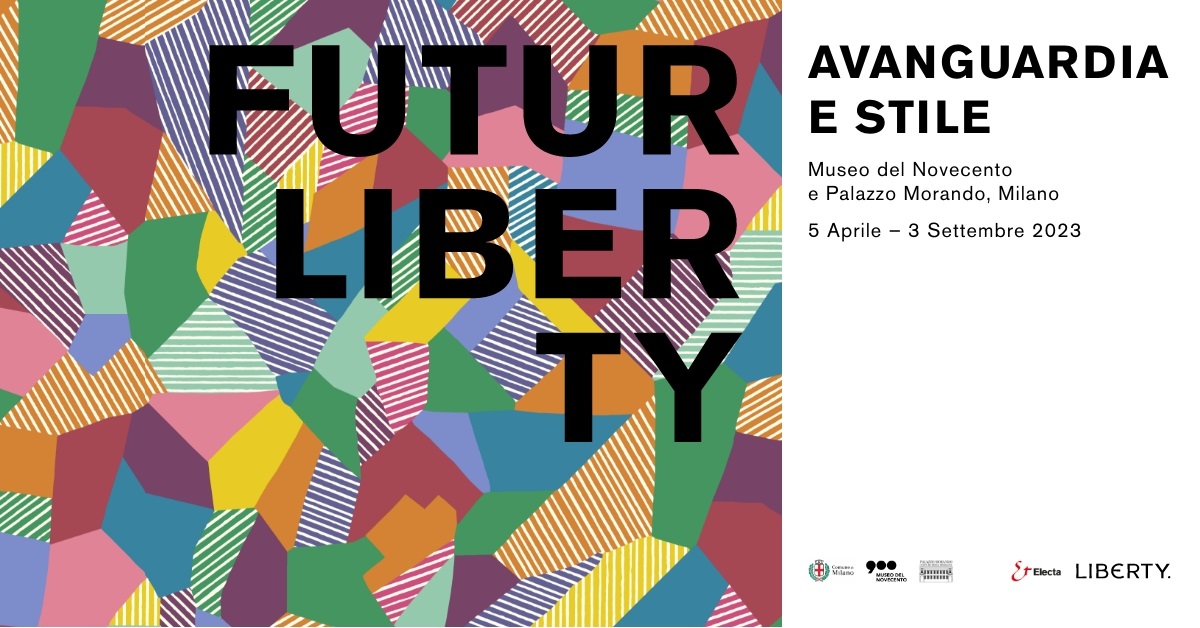
In the Palazzo Morando | Costume Moda Immagine palace, the focus is instead oriented towards the extraordinary creativity which characterises Liberty’s story and its past and present designers. For the first time since the V&A of 1975, which celebrated its centenary, the paintings, drawings, tapestries, fabrics, clothes, furnishings, photographs and a wide selection of unpublished materials from the Liberty archive will be exhibited in 8 rooms, starting with a section dedicated to its partnership with William Morris.
The exhibition reveals the influences that most affected both the careers of some great masters, among which William Morris, Bernard Nevill and Federico Forquet, and the ideas that redesigned the future throughout the eras by glancing back at the past. The fabric connects the beginning and end of a journey through shapes, colours, patterns and refractions of light.
A guide of the Museo del Novecento museum and Palazzo Morando | Costume Moda Immagine palace leads visitors through this artistic journey, organized by Electa and curated by Ester Coen.
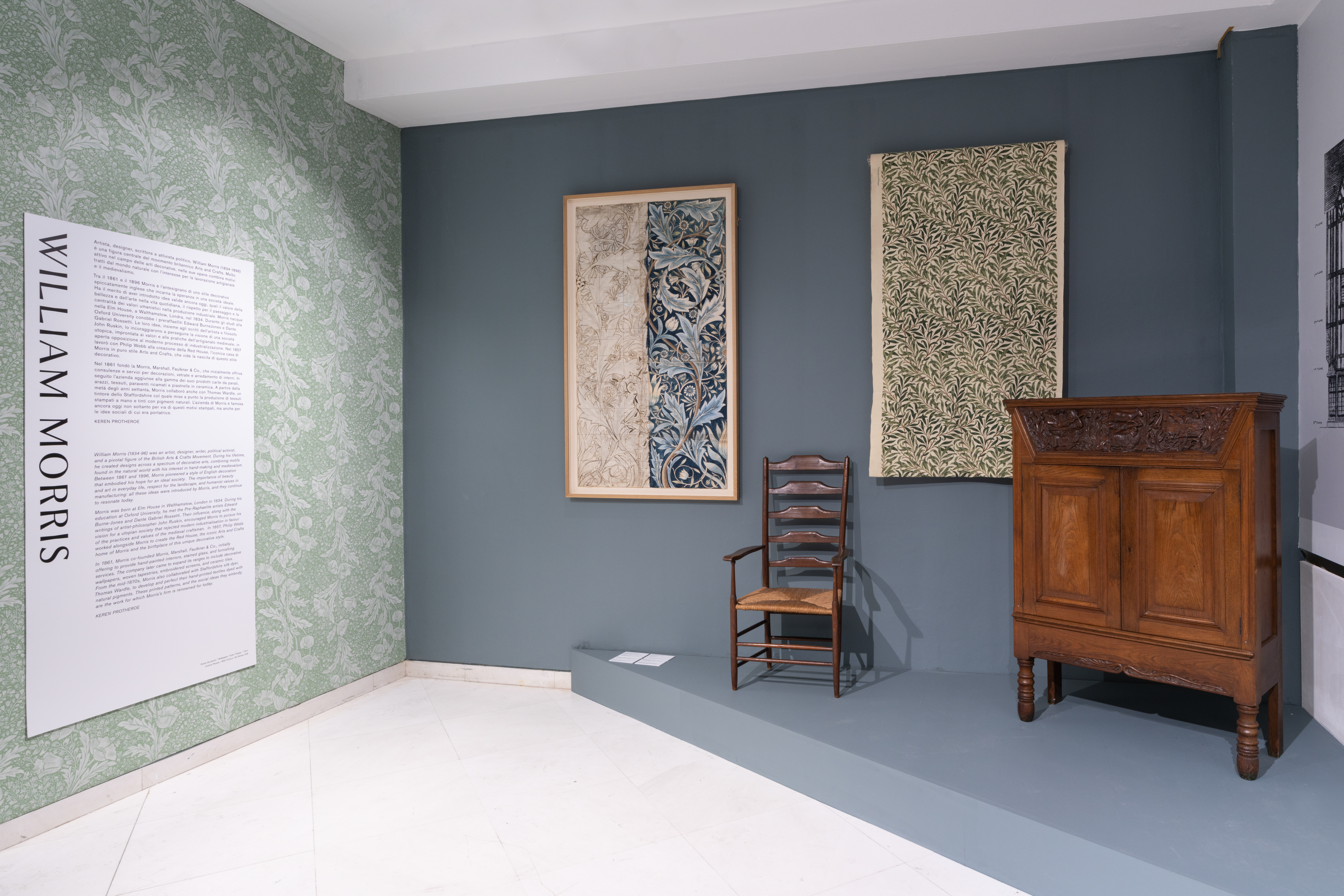
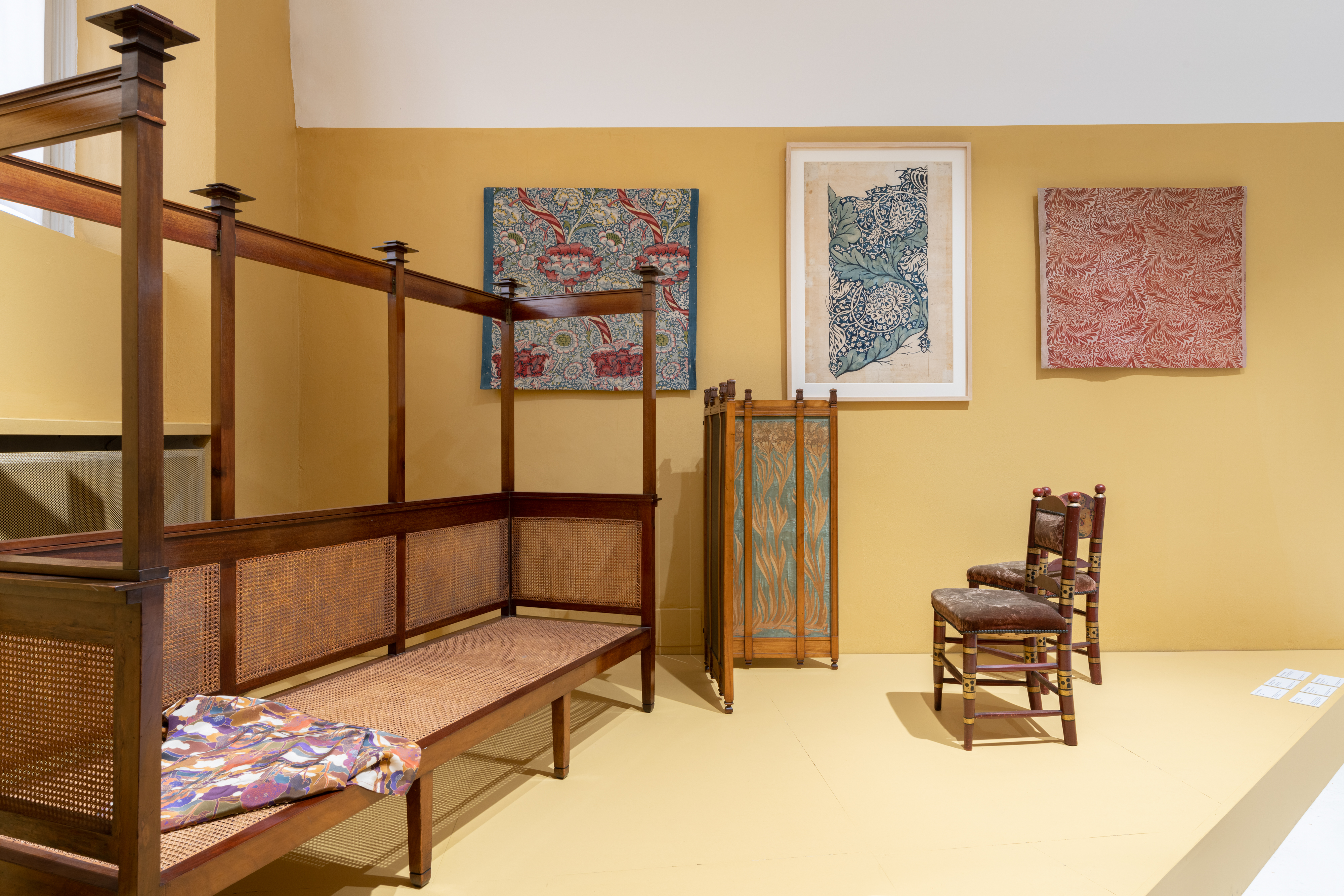
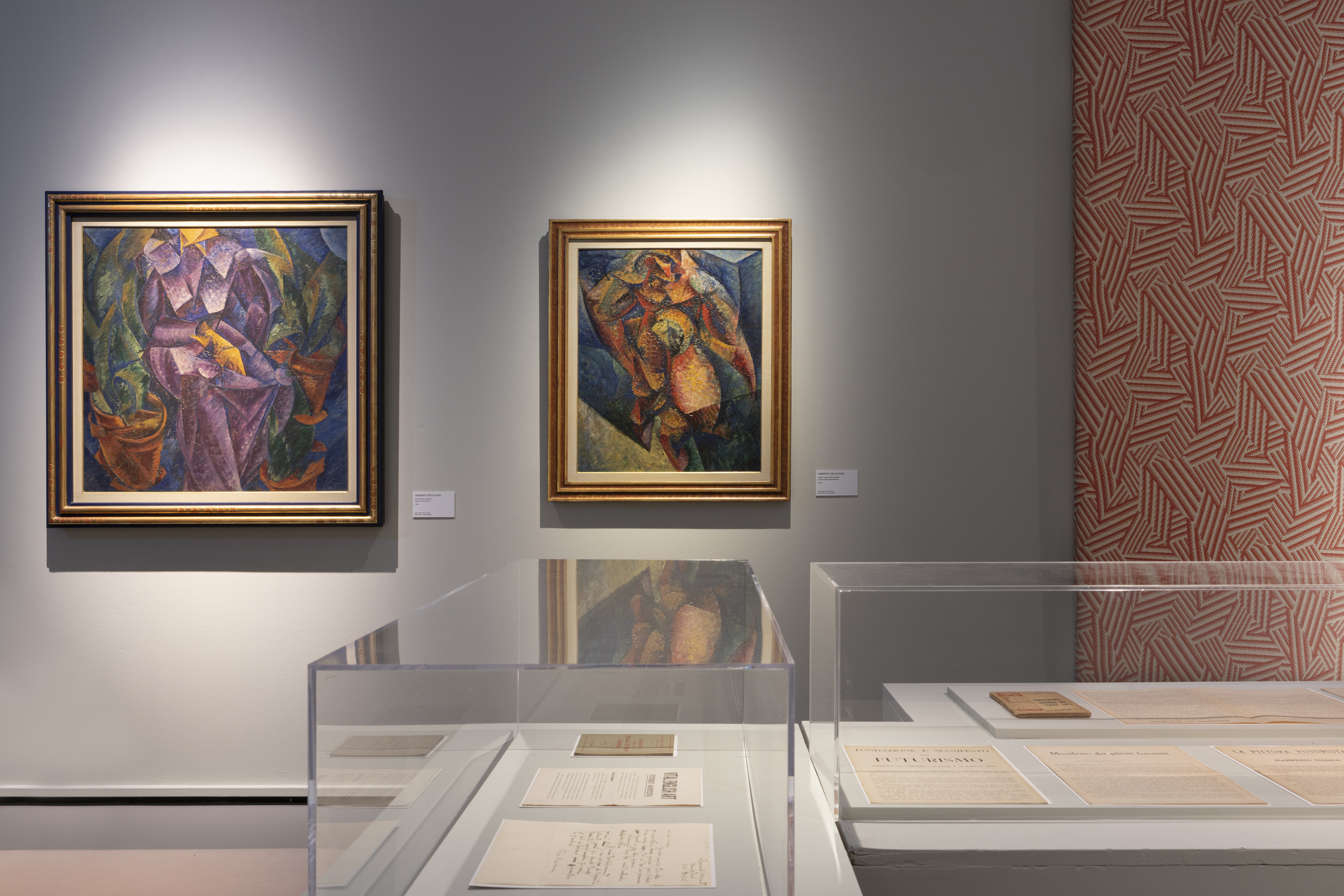
The Museo del Novecento museum houses the largest collection of works from the futurist movement, also thanks to the recent loan of some precious masterpieces of Boccioni, Balla, Severini, among others, from the Gianni Mattioli collection. The futurist gallery offers visitors a one of a kind opportunity to get acquainted with the most renowned Italian artistic movements worldwide, right in Milan, where the main historical events of this movement unwound. The exhibition, dedicated to the connection between Futurism and English Vorticism, thus finds its ideal seat at the Milanese institution.
The Palazzo Morando | Costume Moda Immagine palace: has the task of presenting, preserving and producing evidence of the changes that Milan embraced. The Art Gallery houses paintings, drawings and sculptures representative of the historic, urban and social evolution of the Milanese capital. Milan’s custom and fashion collection is exhibited alternately according to thematic exhibitions and continuously allows to reflect on the interdisciplinarity of decorative arts and design. This is the perfect setting for taking part in Futurliberty, whose focus is dedicated to the study of the connection between art and fashion through the works of great masters of Futurism and Vorticism.
Liberty is the avant-gardist of design and decorative arts since 1875. It is internationally renowned for its fabrics, in particular for its floral patterns, but also for a long history of experiments with bold geometric designs reminiscent of the shapes and colours of the early 20th-century’s avant-garde art, in particular of those created by Italian futurists and English Vorticists. The extraordinary archive of over 50.000 drawings and prints from the beginning to present day is a constant source of inspiration. For Liberty’s 150 years, the esteemed interior couturier and designer Federico Forquet has curated a striking new range of fabrics – the FuturLiberty collection – aimed at bringing Liberty’s creative legacy into our era. The collections are produced in the northern Italian plant, in Lombardy, using both innovative digital technologies and century-old techniques.
